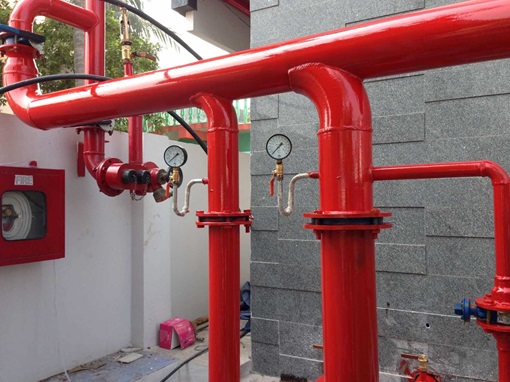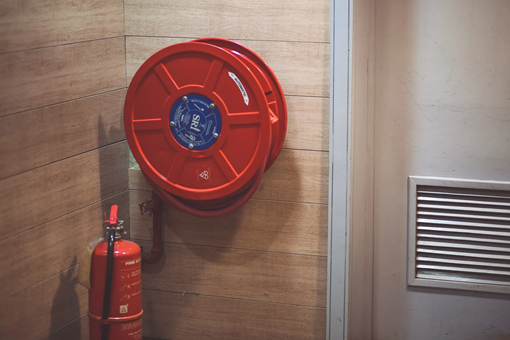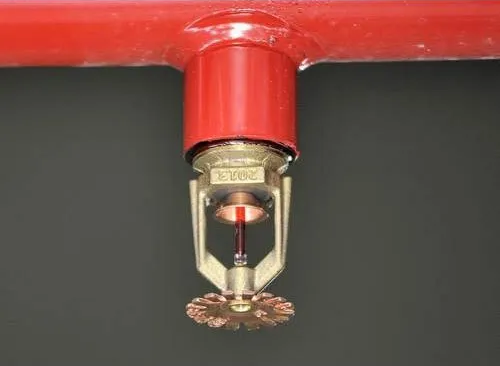
Passive fire protection aims to prevent a fire from spreading throughout the building before the fire actually starts. While it doesn’t necessarily require intervention in the event of a fire, it’s a vital element of the building’s fire safety strategy so it does need to be correctly installed and used. Its role is predominantly to protect people, as well as to limit damage to buildings and the items inside them from fire and smoke.
There are a number of passive fire protection products that can be incorporated into your overall fire safety strategy.

Fire Resistant materials including mineral fibre batts and intumescent mastics installed to seal openings and service penetrations breaching fire compartment boundaries preventing fire from transferring between fire compartments.
Spray or hand applied fire resistant paint to protect structural steel frameworks and supporting steel elements from fire preventing structural damage and collapse.


Ensures that all the walls, floors and ceilings are fire resistant to help with restricting the size and spread of a fire.
Usually installed where ventilation, air conditioning or heating system ducts pass through the floors and walls and can limit the spread of fire. They can be linked to an activate systema and enabled though it.


A Fire door inside the building can help prevent the spread of fire and smoke allowing more time to evacuate everyone.
Ongoing maintenance and regular testing of your passive fire systems is crucial for keeping your team, office, and possessions safe in case of a fire.